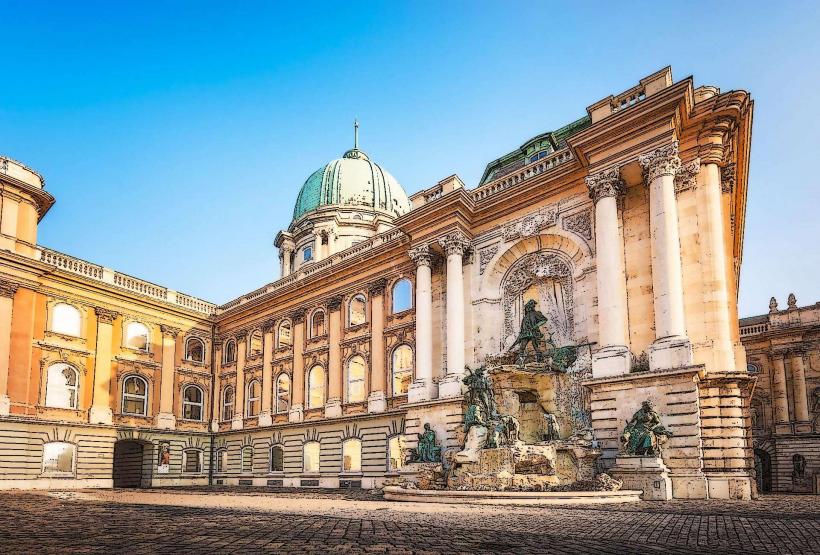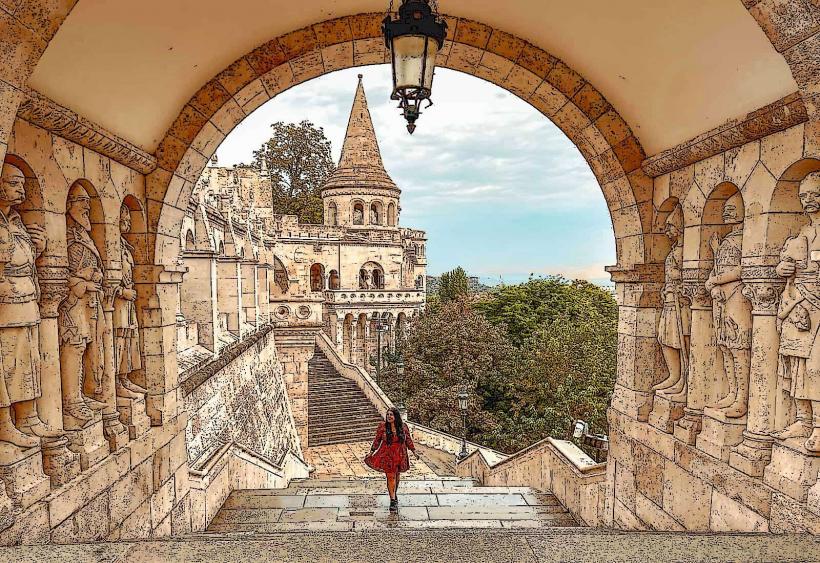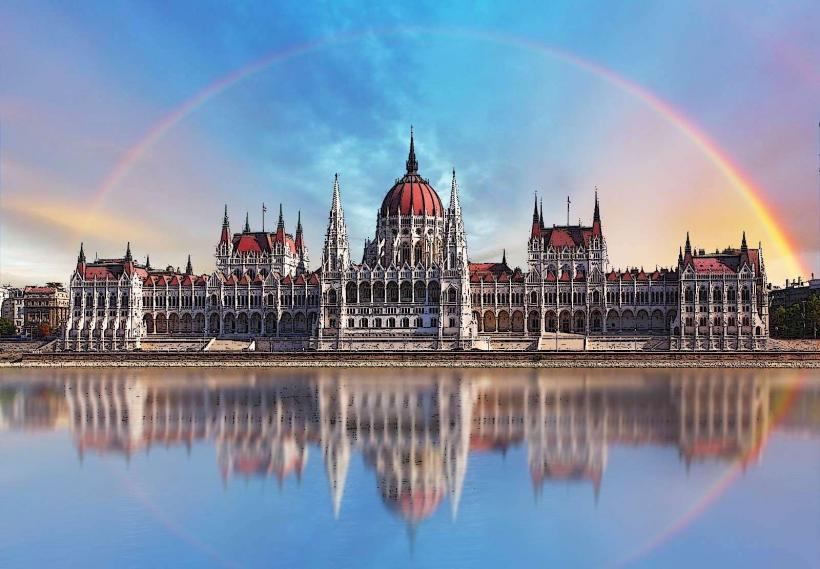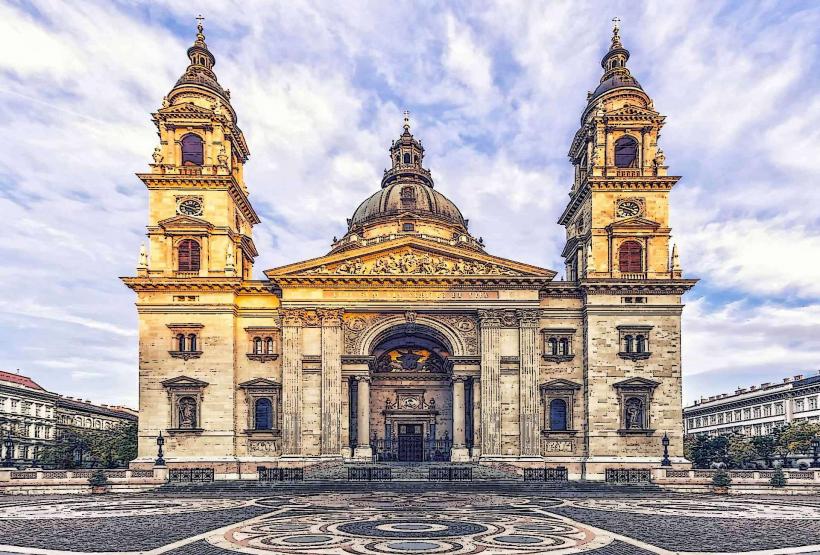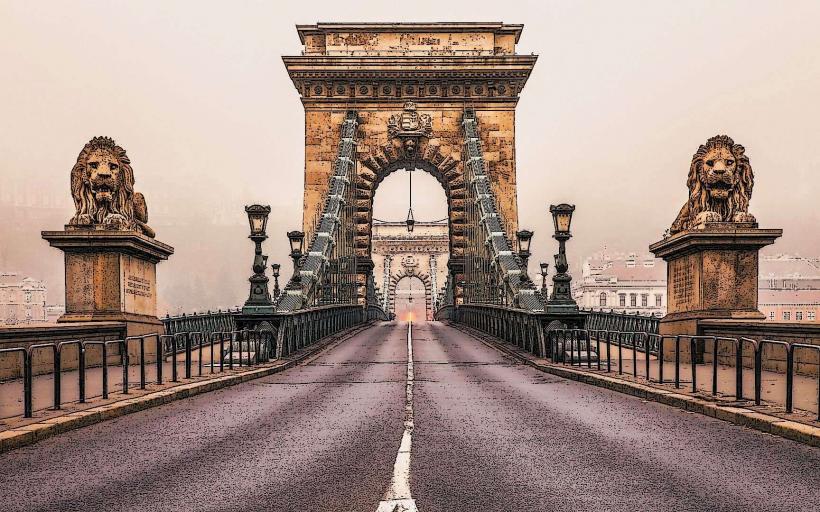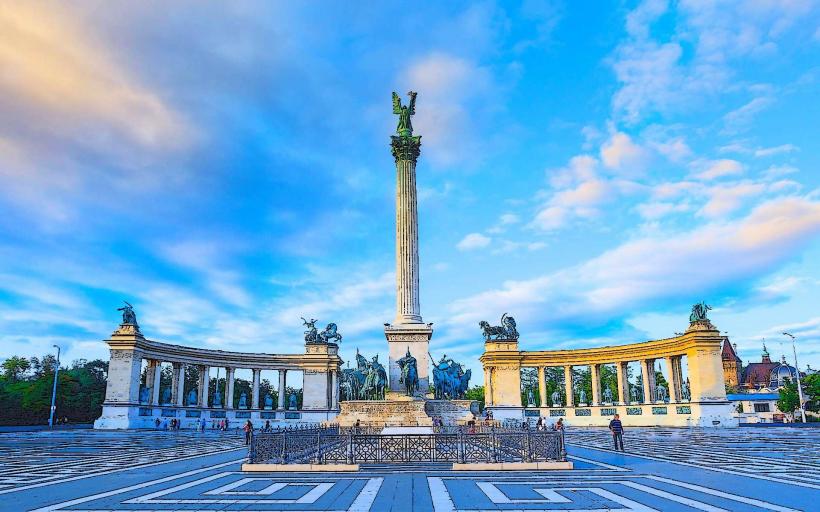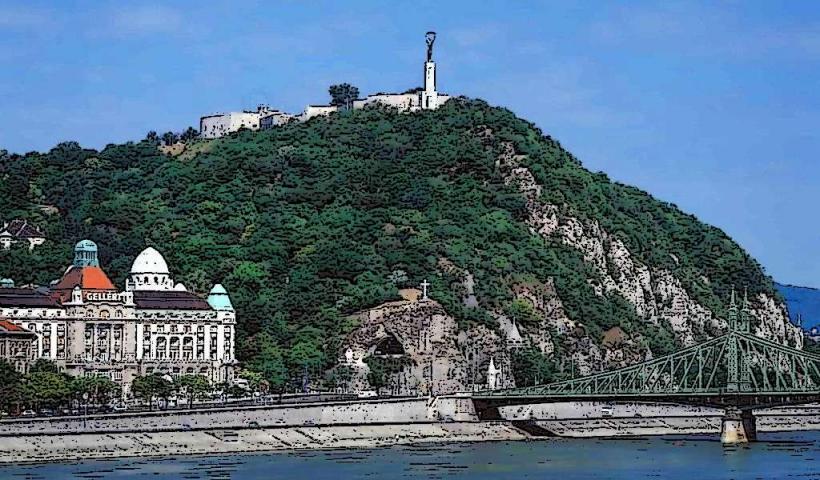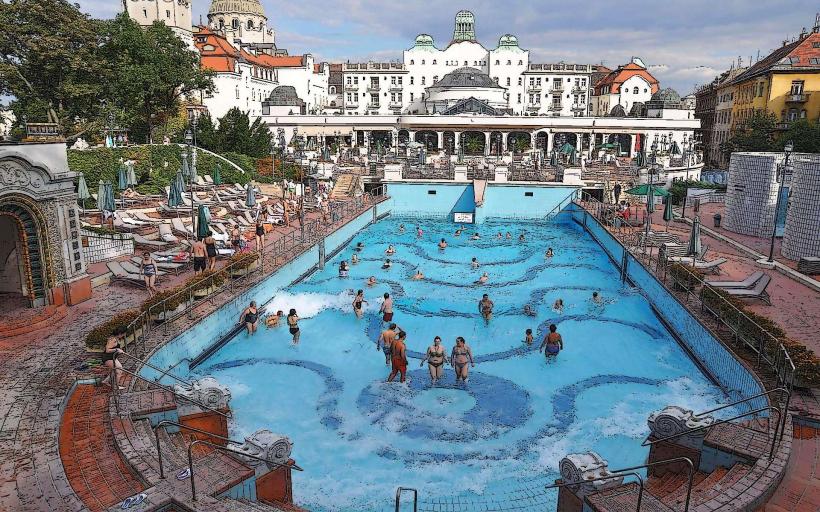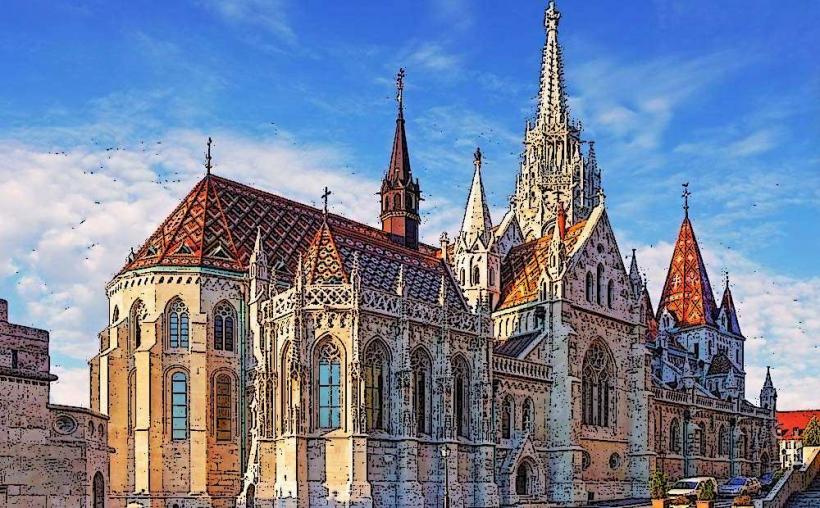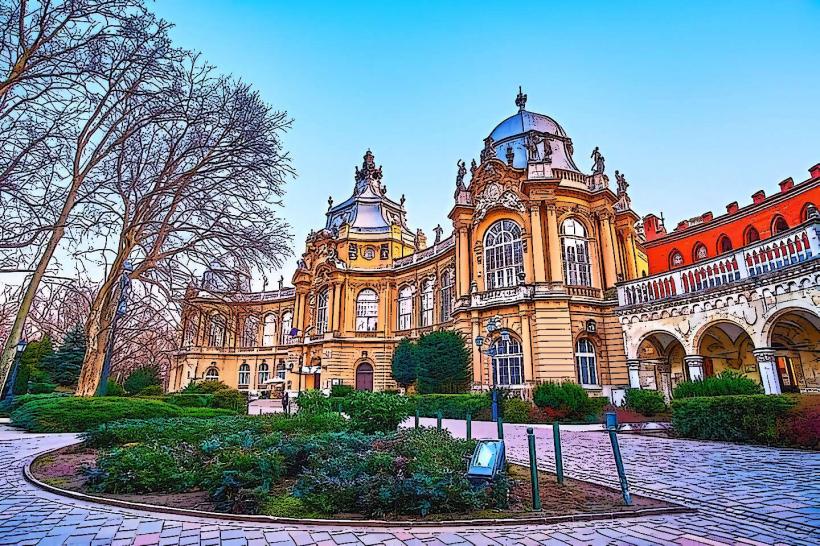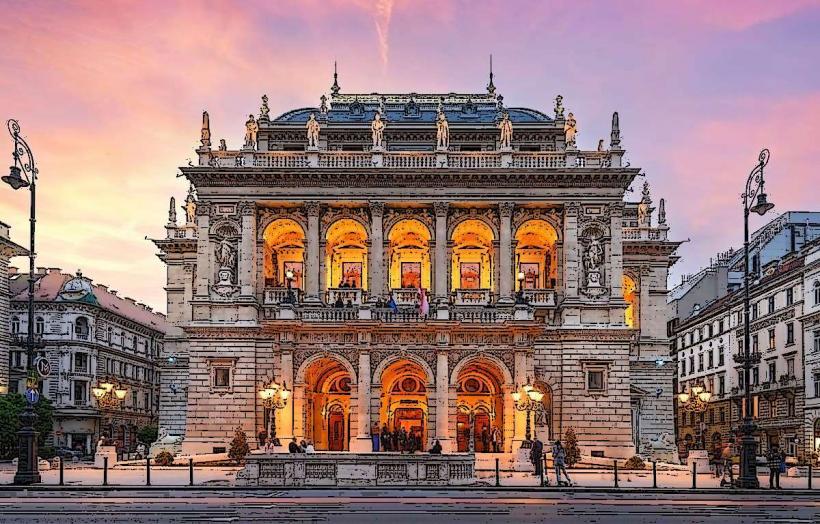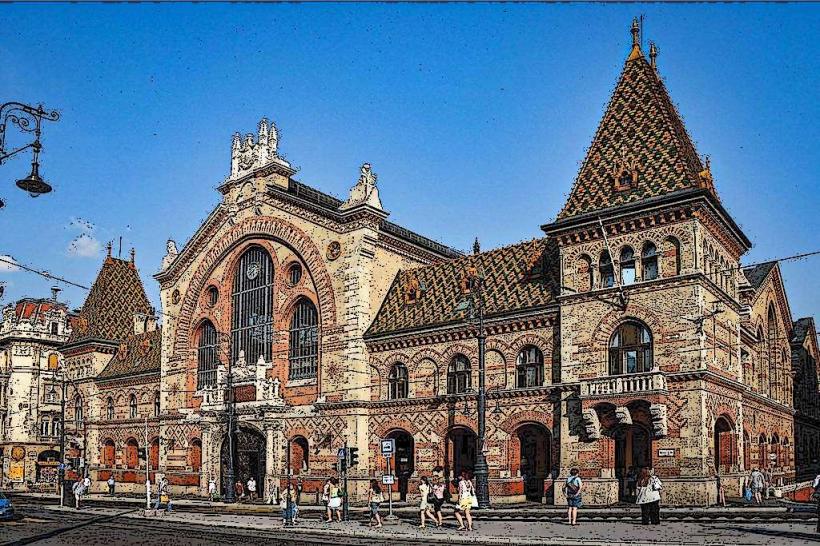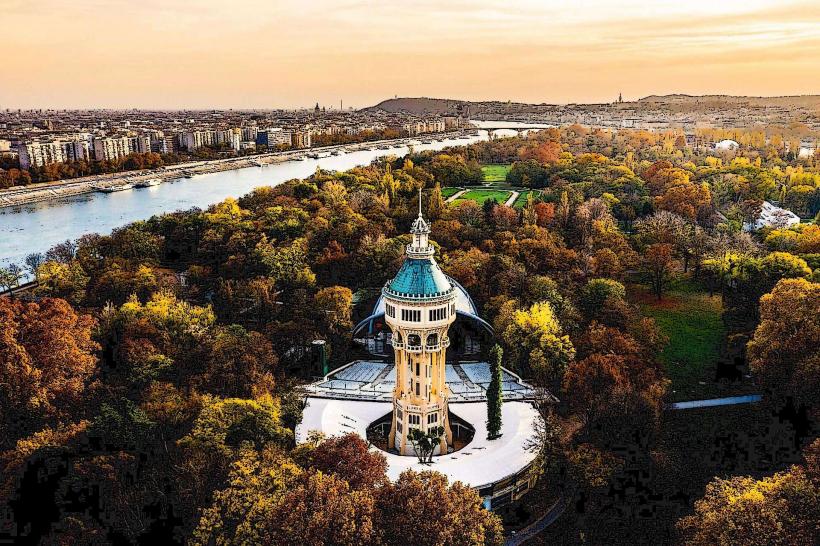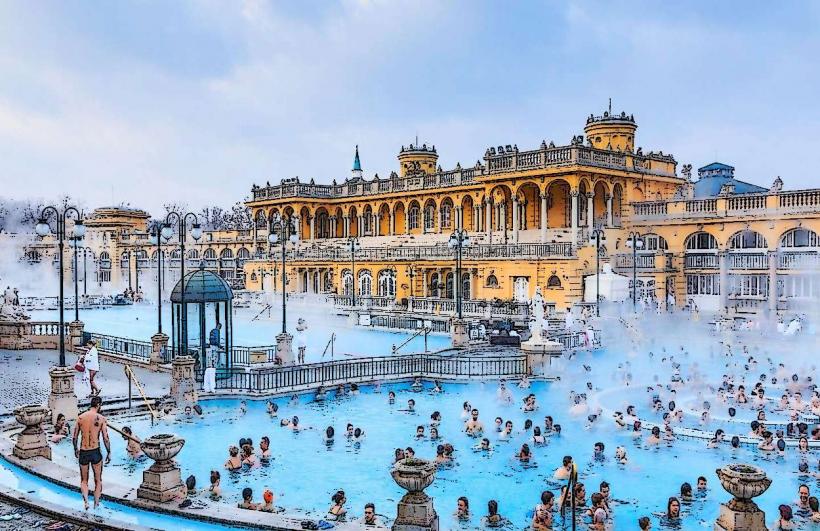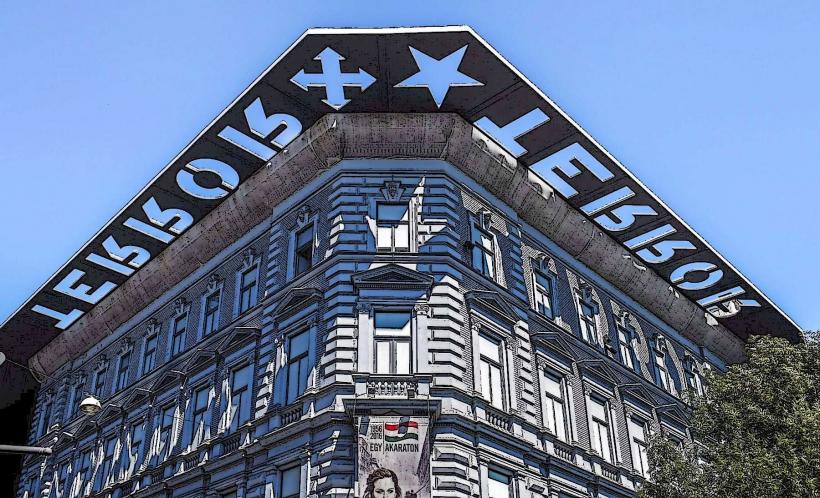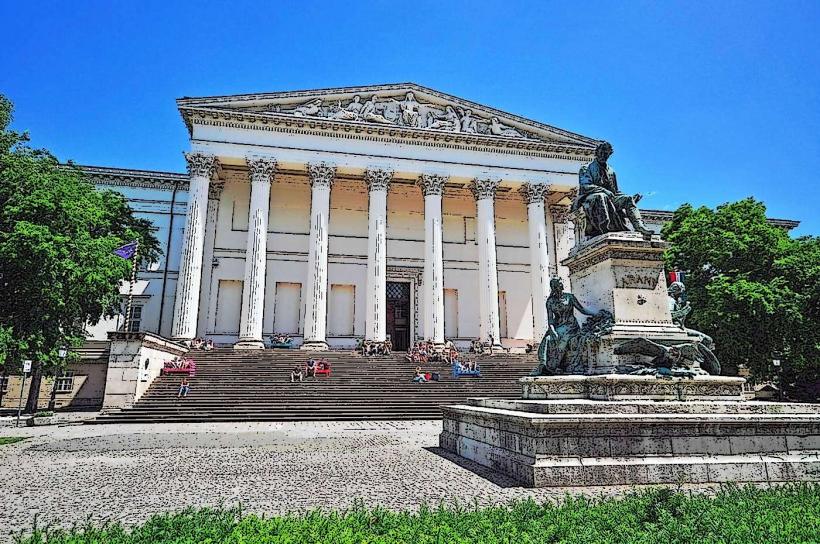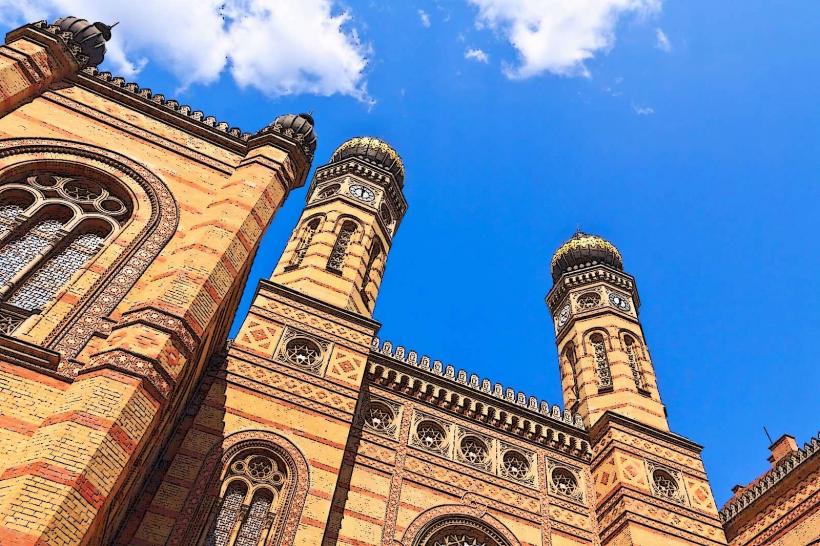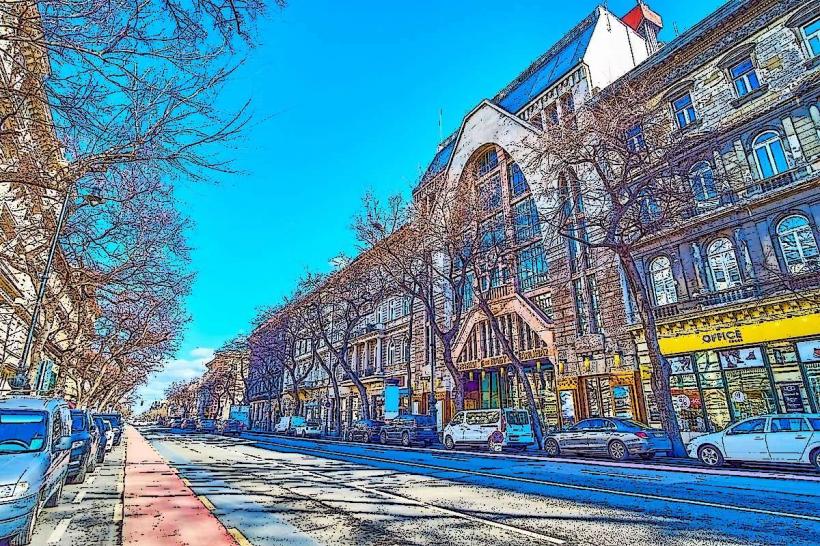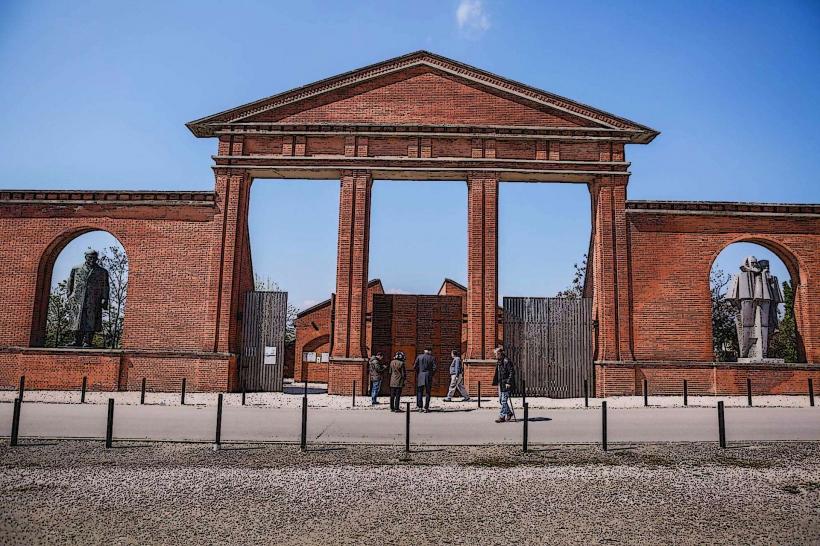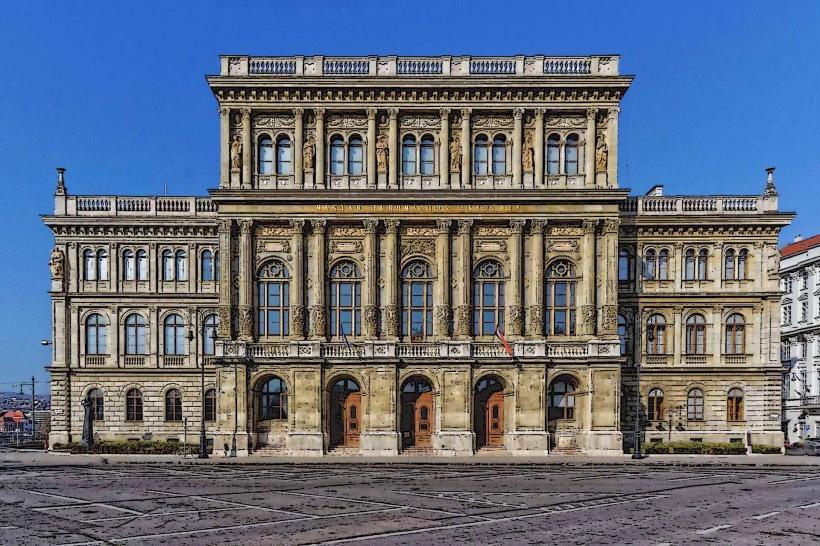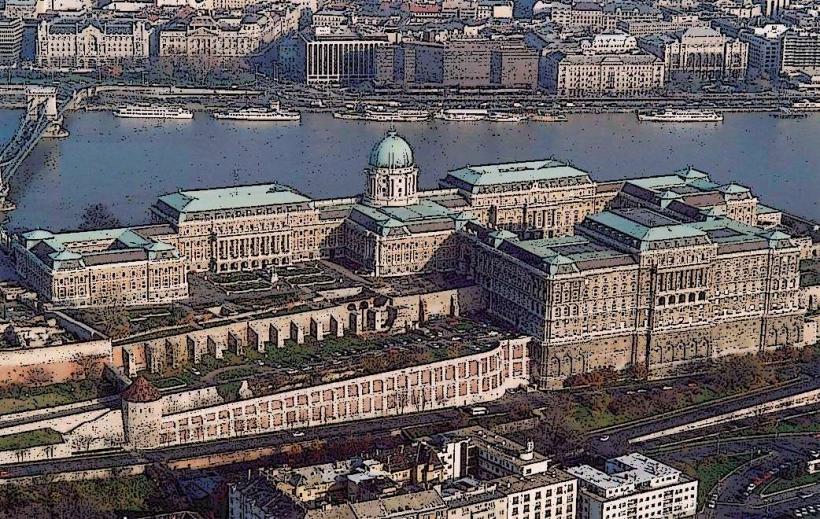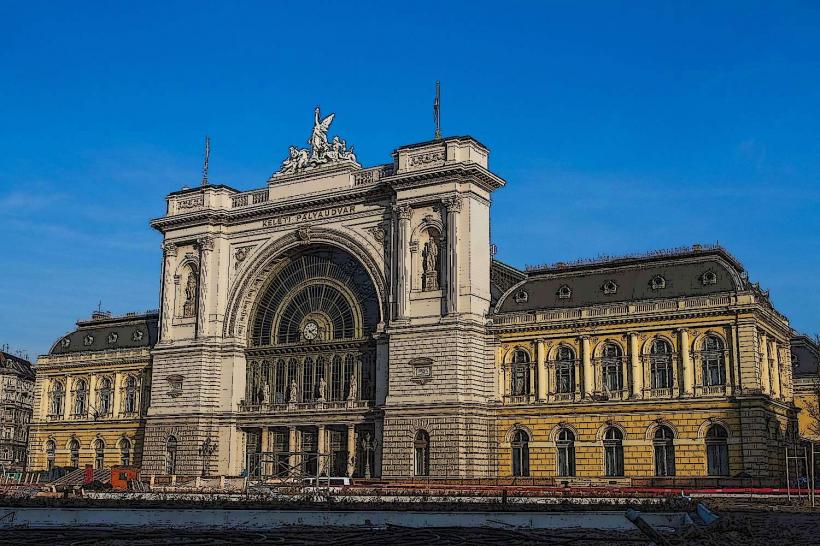Information
Landmark: Museum of Fine ArtsCity: Budapest
Country: Hungary
Continent: Europe
The Museum of Fine Arts (Hungarian: Szépművészeti Múzeum) in Budapest is one of Hungary's most prestigious art museums, home to a vast and diverse collection of artworks from various periods, including European art from the Middle Ages to the 20th century. The museum's collection is known for its breadth and quality, making it a key cultural institution not only in Hungary but also in Central Europe.
History and Background
Founded in 1906: The Museum of Fine Arts in Budapest was officially established in the early 20th century. Its creation was part of a broader movement to collect and preserve art in Hungary, following the success of other European institutions. It is housed in a grand neoclassical building designed by architects Alajos Hauszmann and Gyula Rochlitz, which was inaugurated in 1906.
Collection Origins: The museum’s collection was initially formed from royal and private collections, including works donated by collectors, artists, and the Hungarian nobility. Over time, it expanded through acquisitions and gifts, and it became one of the most important art collections in Hungary.
Building and Architecture
Architectural Design: The museum is located at the end of Andrássy Avenue, one of Budapest’s most famous streets. The building itself is an impressive neoclassical structure, known for its symmetrical design and monumental portico, complete with large columns and statues. The grand façade leads visitors into a stunning interior, which combines classical design with modern exhibition spaces.
Renovations and Expansion: The museum underwent significant renovations in the 2000s, which improved its exhibition halls and visitor facilities. The museum’s facilities include well-lit galleries, an auditorium, a café, and a shop. The renovation project also included the modernization of its collection storage areas, ensuring the preservation of valuable artworks for future generations.
Collection and Exhibits
The Museum of Fine Arts houses over 100,000 works of art, making it one of the most important museums in Hungary and one of the most significant collections of European art in Central Europe. The museum is organized into several main departments and focuses on various periods and styles of art.
European Art
The museum is primarily focused on European art, with a special emphasis on Western European and Italian masterpieces. It includes collections of paintings, sculptures, and decorative arts. Some of the highlights of the collection include:
Old Masters: The museum is especially known for its outstanding collection of Old Master paintings, with works by renowned artists such as El Greco, Raphael, Titian, Rembrandt, Rubens, and Vermeer. The museum's Italian Renaissance collection, in particular, is exceptional and features important works by artists like Leonardo da Vinci, Caravaggio, and Tiepolo.
Modern Art: The museum also houses important works from the 19th and 20th centuries, with artists like Gustav Klimt, Édouard Manet, Claude Monet, Vincent van Gogh, and Pablo Picasso represented in the collection. This reflects the museum's commitment to presenting art across the ages, from classical to modern.
Ancient Art: The museum has an impressive collection of ancient art from Egypt, Greece, Rome, and the Near East. The Egyptian collection is particularly significant, with mummies, statues, and everyday objects that provide insight into the civilization's culture and practices.
Prints and Drawings: The museum’s collection of prints and drawings spans from the Renaissance to the early 20th century, with works by artists such as Albrecht Dürer, Rembrandt, and Eugène Delacroix.
Hungarian Art
While the Museum of Fine Arts is primarily focused on European collections, it also showcases the development of Hungarian art from the 19th to the 20th centuries. This includes works by key Hungarian artists such as Miklós Barabás, József Rippl-Rónai, and László Moholy-Nagy, with a focus on Hungarian realism, Impressionism, and avant-garde movements.
Sculpture and Decorative Arts
The museum's sculpture collection spans several periods, from ancient to contemporary sculptures. There is a significant focus on neoclassical sculptures, with examples by artists like Antonio Canova. The decorative arts section is equally diverse, featuring furniture, porcelain, and other objets d’art, particularly from 18th-century Europe.
Temporary Exhibitions
In addition to its permanent collection, the museum regularly hosts temporary exhibitions showcasing specific artists, art movements, or thematic collections. These exhibitions often feature pieces on loan from other major institutions and private collections, providing an opportunity for visitors to see rare and important works from around the world.
Educational Programs and Outreach
The Museum of Fine Arts also plays an active role in education and public outreach. It organizes a variety of programs for students, families, and the general public, including:
- Guided tours: These provide insights into the museum’s vast collection, offering a deeper understanding of the works and their historical context.
- Workshops and events: The museum offers creative workshops for children and adults, where participants can engage with art through practical activities and educational experiences.
- Lectures and seminars: These are designed to foster discussion and knowledge about art history and the museum's collection, often involving prominent art historians and curators.
Importance in Budapest's Cultural Landscape
The Museum of Fine Arts is not only a center for art and culture in Budapest, but it also plays an important role in Hungary’s cultural life. It is a destination for visitors from around the world and is integral to the city’s broader efforts to promote art and heritage.
Cultural Hub: The museum is located on the iconic Heroes' Square (Hősök tere), which is home to several other important cultural institutions, including the Art Hall and Széchenyi Thermal Bath. Its location within this cultural district makes it a focal point for art and cultural tourism in Budapest.
International Recognition: The Museum of Fine Arts regularly collaborates with museums across Europe and the world, hosting internationally recognized exhibitions and contributing to the global art community.
Conclusion
The Museum of Fine Arts in Budapest stands as one of Hungary’s cultural jewels, offering a rich collection of European and global art history. It plays a vital role in preserving and sharing art, culture, and history, while continuing to contribute to the academic and cultural life of Budapest and Hungary. Whether you are a lover of classical masterpieces or contemporary works, the museum offers a comprehensive and enriching experience for all art enthusiasts.

